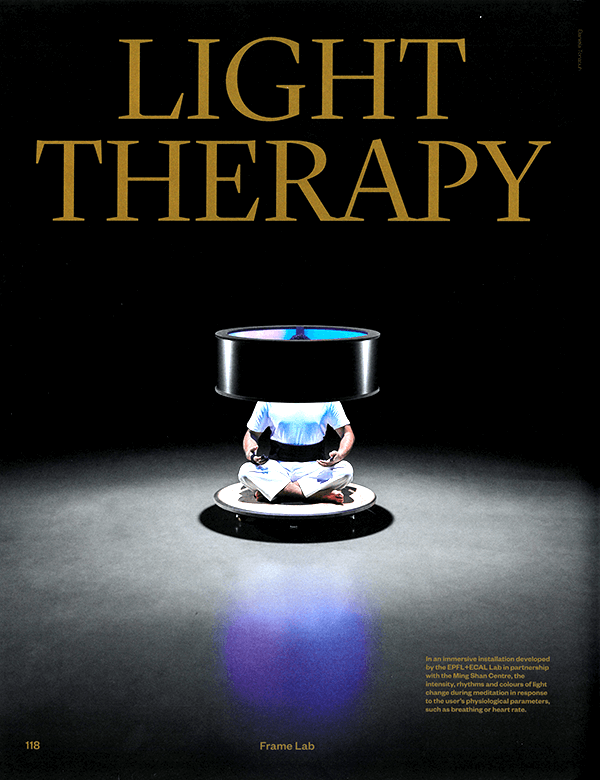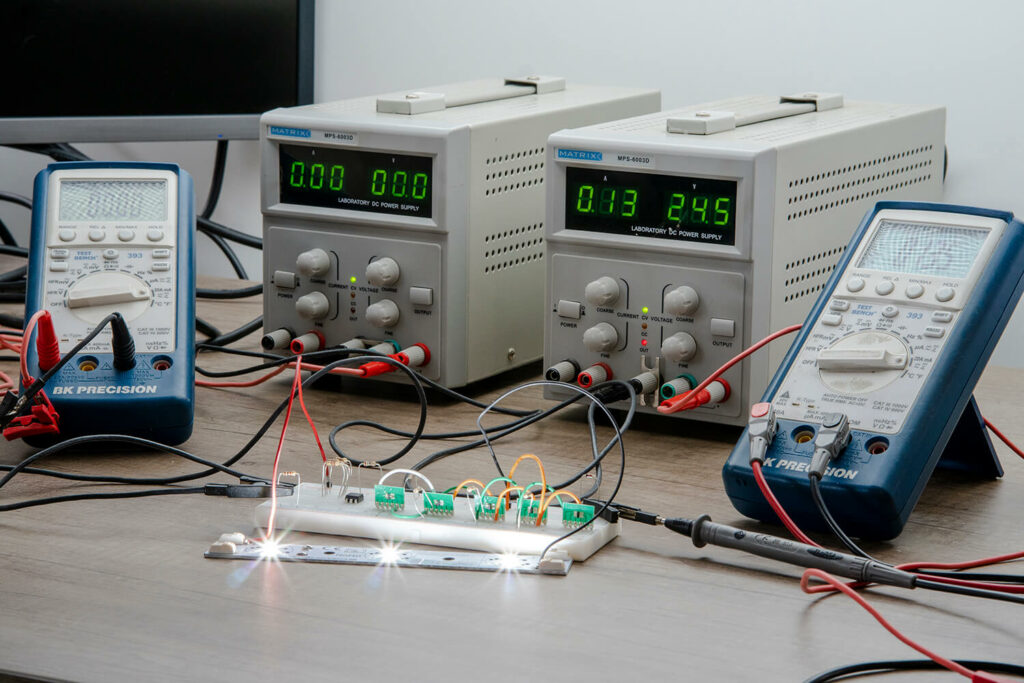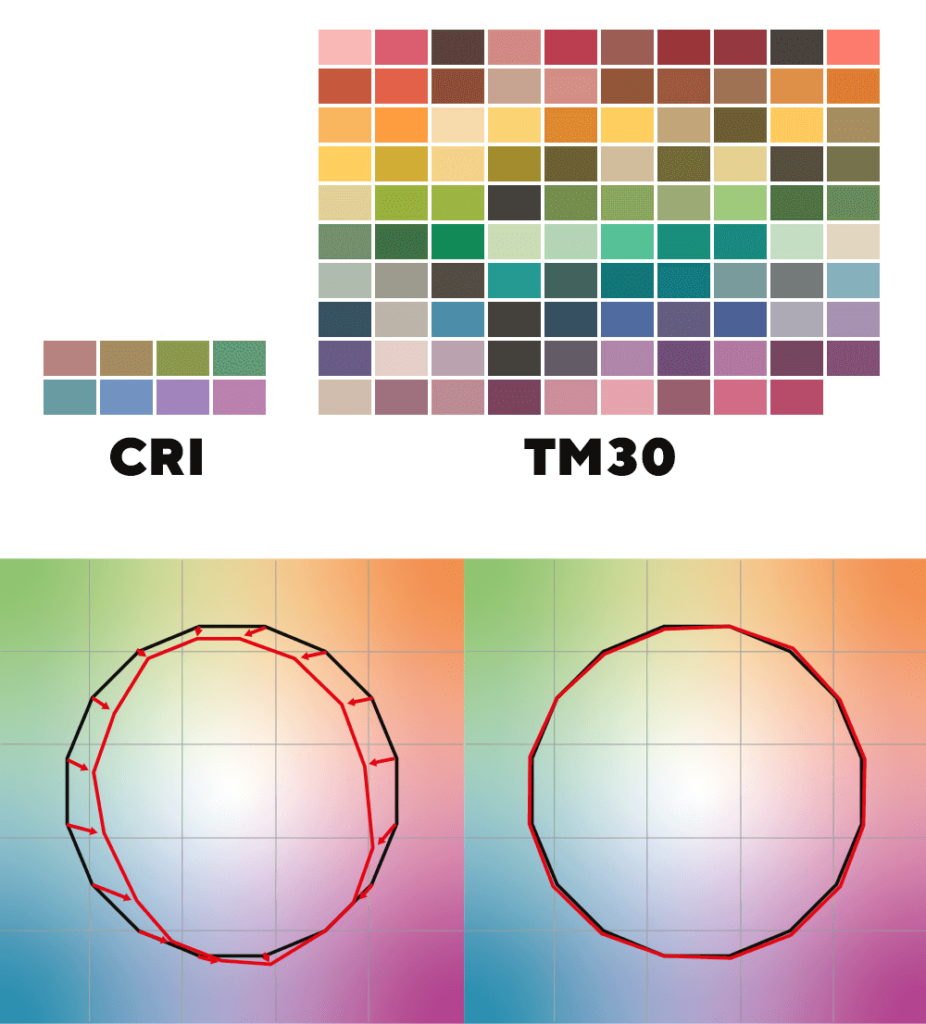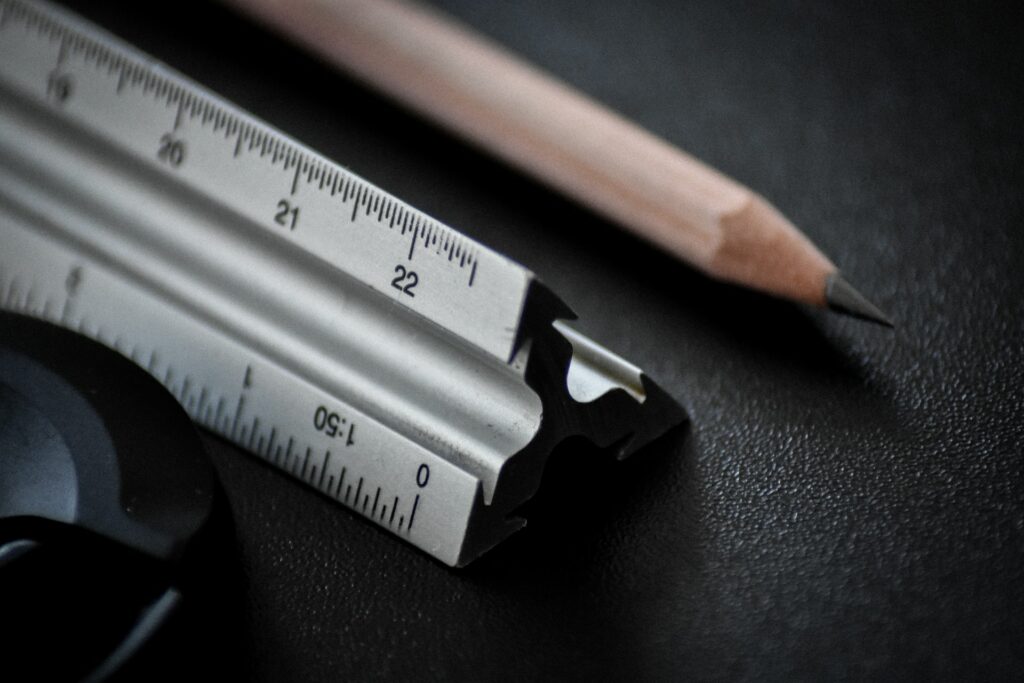Why is light – something so integral to how we live – damaging us? Because light regulates circadian rhythms – the physical, mental and behavioural processes that determine our 24-hour cycle – tellung us when to sleep and when to be alert, it’s only natural thet being exposed to the wrong type of light at the wrong time will profoundly affect our biology.
Contributing to our reliance on light is screen time, which increased 60 per cent among Americans during the pandemic. According to a UCLA study, this had ‘profoundly negative impacts’, such as disrupted sleep, which, in turn, disrupts the body clock. Our always-on culture extend to our light-polluted cities, some of which are responding by shrounding themselves in darkness. Pittsburgh, for instance, is dimming streetlights and using LED bulbs to lessen the impact of light pollution. Meanwhite, findings from a study conducted in Paris – acity tha has founded an entire identity on illumination – suggest 95 per cent of residents would prefer it had fewer lights.
Spatial designers, on the other hand, aren’t removing light frome their design toolboxes. Instead, they’re turning to solutions like human-centric lighting (HCL), whic matches the motion, intensity and colour of sunlight, thus improving our circadian rhythms.

But how, exactly, can HCL replace conventional lighting, and where can we expect fo find it? ‘Any space tha has a prolonged absence of solar lighting: where a person spends the majority of time,’ believe Catalina Maldonado and Demian Ezequiel Epsztein of LED lighting brand Actilum. Drawing from this, we investigate three sectors awaiting a lighting revolution: the health space, the workplace and the home.
Words Eva Gardiner






